Malaysia is a tropical paradise, and one of the best ways to experience its rich cultural diversity and natural abundance is through its fruits. From the exotic and pungent durian to the sweet and juicy rambutan, the country offers a wide variety of fruits that are as diverse as its people. Whether you’re a first-time visitor or a seasoned traveler, sampling Malaysia’s fruits is an essential part of the experience.
In this guide, we’ll explore some of the most iconic and beloved fruits found throughout Malaysia. Get ready to dive into the sweet, sour, and sometimes strange world of Malaysian fruits!
1. Durian – The King of Fruits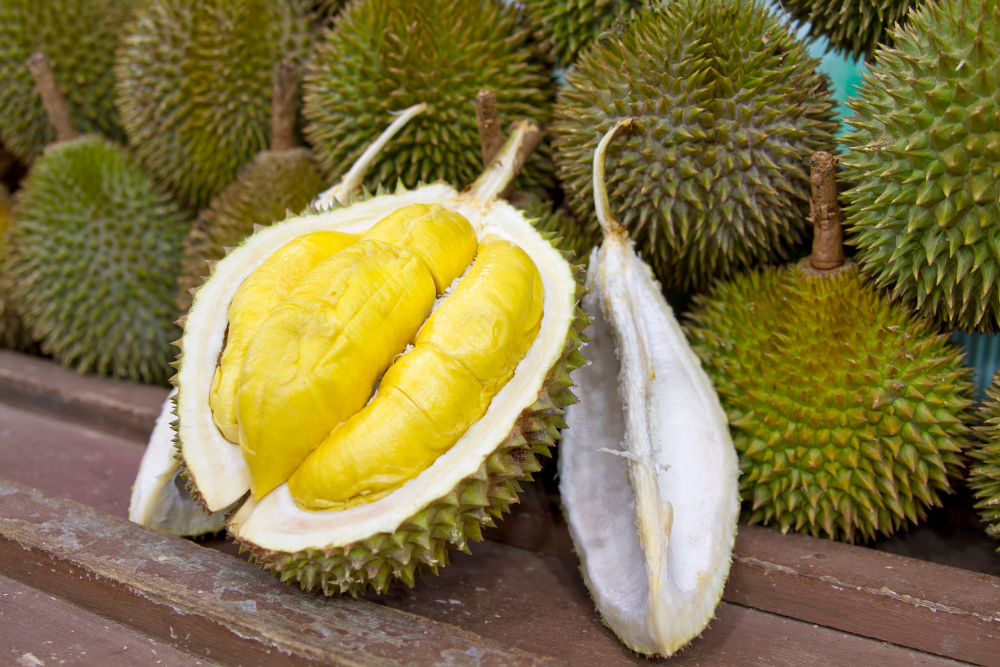
Known as the “King of Fruits,” durian is one of the most famous and divisive fruits in Malaysia. With its spiky, intimidating exterior and strong, pungent aroma, it’s a fruit that people either love or hate. The flesh, however, is rich, creamy, and sweet, with a unique flavor profile that combines sweet and savory notes. Some people describe it as having a taste reminiscent of almonds, caramel, and cheese, while others find its smell overwhelming.
Where to find it: Durian is sold at roadside stalls, night markets, and specialty durian stalls all over Malaysia, particularly in places like Ipoh, Penang, and Pahang.
Best for: Those who are adventurous with food and eager to try something unique to Malaysia.
2. Rambutan – The Hairy Fruit
Rambutan is a delightful tropical fruit that’s both fun to eat and fun to look at. Its name comes from the Malay word “rambut,” meaning hair, due to the fruit’s hairy exterior. The flesh inside is translucent and white, with a slightly sweet, floral taste that’s similar to lychee but with a firmer texture. The fruit is usually eaten fresh, but it’s also commonly used in desserts and juices.
Where to find it: Rambutan is widely available in Malaysian markets, especially during the fruit season (May to September), and can be found in places like Penang, Selangor, and Kuala Lumpur.
Best for: Fruit lovers looking for a refreshing and sweet snack.
3. Mangosteen – The Queen of Fruits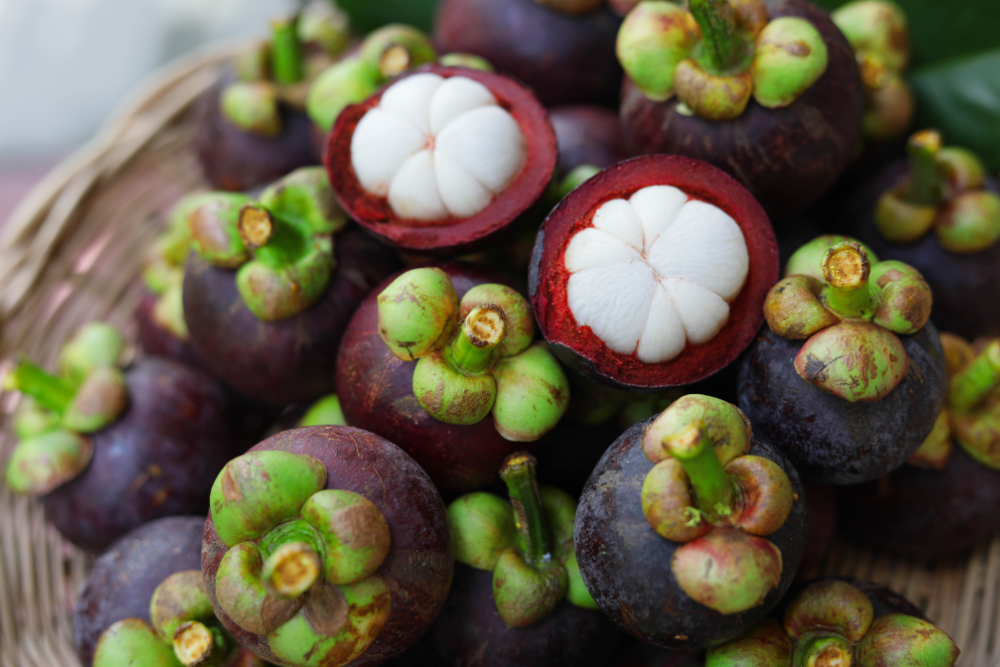
Often referred to as the “Queen of Fruits,” mangosteen is a small, round fruit with a thick, purple rind and soft, juicy white segments inside. Its taste is a balanced combination of sweet and tart, making it incredibly refreshing. Mangosteen is often considered one of the most delicious fruits in the world, and it’s a popular tropical fruit across Southeast Asia.
Where to find it: Mangosteen is usually available in markets from June to September, and can be found in places like Penang, Langkawi, and Johor.
Best for: Those who enjoy a balance of sweetness and tanginess in their fruit.
4. Papaya – The Tropical Superfruit
Papaya is a staple in Malaysia’s tropical fruit scene, known for its soft, orange flesh and sweet flavor. It’s often eaten fresh, but it can also be used in smoothies, salads, and desserts. Papayas are loaded with vitamins, enzymes, and antioxidants, making them a nutritious addition to any diet. In Malaysia, papaya salad (also known as som tum) is a popular dish, especially in the northern parts of the country.
Where to find it: Papaya is abundant throughout Malaysia and can be found in both local markets and supermarkets year-round.
Best for: Health-conscious travelers and those looking for a sweet, light fruit.
5. Jackfruit – The Giant of the Tropics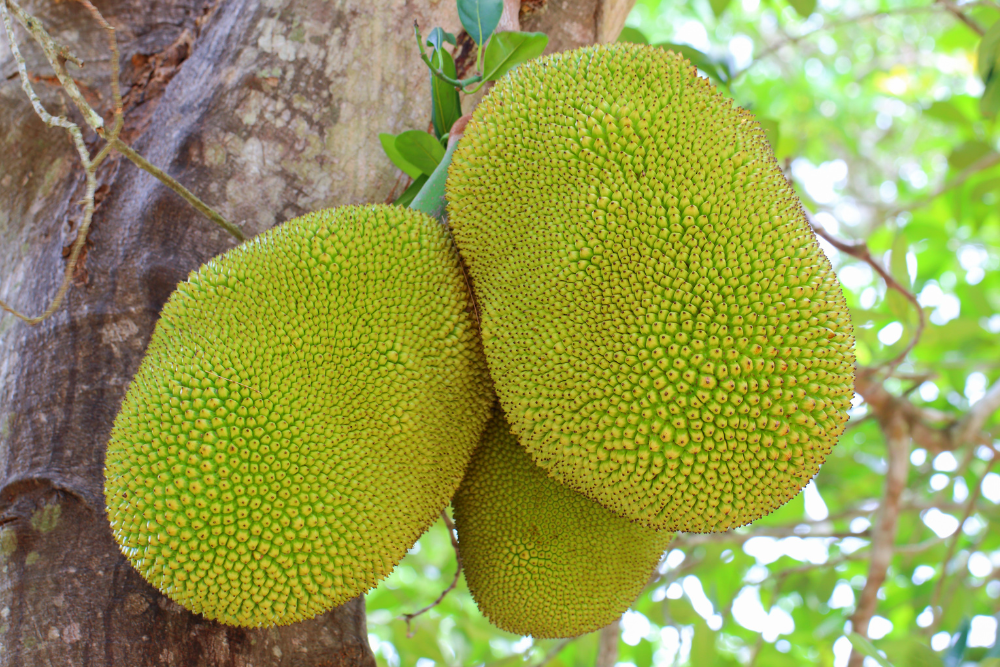
One of the largest fruits in the world, jackfruit is a massive fruit with a green, spiky outer rind and sweet, yellow flesh. The flesh is fibrous and sweet, often used in savory dishes and curries, as well as in desserts. When unripe, jackfruit is commonly used in Malaysia to make vegetarian dishes as it has a texture similar to meat. The sweet, ripe version of jackfruit is a treat and is often eaten fresh or used in cempedak fritters (a deep-fried dessert).
Where to find it: Jackfruit can be found in many local markets across Malaysia, especially in rural areas and wet markets.
Best for: Anyone looking to try a unique fruit that can be used in both savory and sweet dishes.
6. Longan – The Sweet and Fragrant Fruit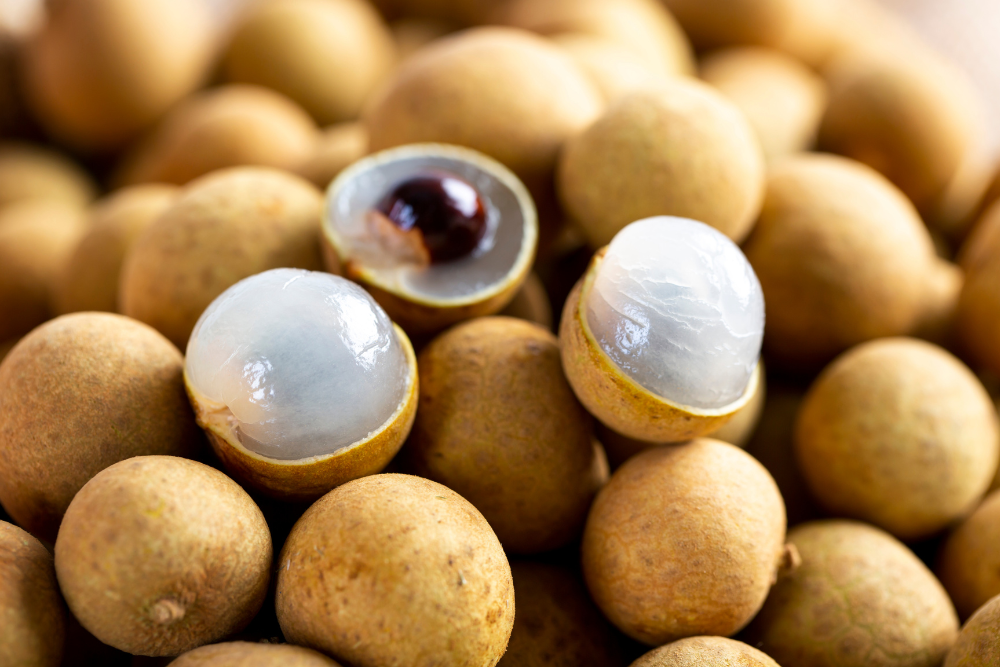
Longan is a small, round fruit with translucent flesh similar to lychee but with a more delicate sweetness. The flavor is floral and sweet, and it’s often consumed fresh, or used in traditional Chinese medicine and desserts. In Malaysia, longan is often added to sweet soups and served chilled.
Where to find it: Longan can be found in abundance during the summer months, and it’s widely available at markets in states like Penang, Perak, and Kedah.
Best for: Fruit lovers with a penchant for delicate, fragrant sweetness.
7. Dragon Fruit – The Colorful Cactus Fruit
Dragon fruit (or pitaya) is a striking fruit known for its vibrant pink or yellow skin and white or red flesh speckled with black seeds. It has a mildly sweet taste with a slight tanginess, similar to kiwi or pear. While it may not be as sweet as some other fruits, dragon fruit is incredibly refreshing and often used in smoothies and fruit salads.
Where to find it: Dragon fruit is widely grown in Malaysia and can be found in markets throughout the country, especially in the Klang Valley and Melaka.
Best for: Those who are looking for a fruit that’s both photogenic and delicious.
8. Pineapple – The Tangy Tropical Delight
Pineapple is one of Malaysia’s most commonly consumed fruits, known for its juicy, tangy, and sweet flavor. It’s incredibly versatile and can be eaten fresh, juiced, or used in both sweet and savory dishes. In Malaysia, pineapple is often used in nasi lemak (a traditional rice dish), pineapple tarts, and even pineapple curry.
Where to find it: Pineapple is available year-round and can be found in markets across Malaysia, particularly in Pahang, Johor, and Perak.
Best for: Those looking for a tropical, tangy snack or ingredient for cooking.
9. Pomelo – The Giant Citrus Fruit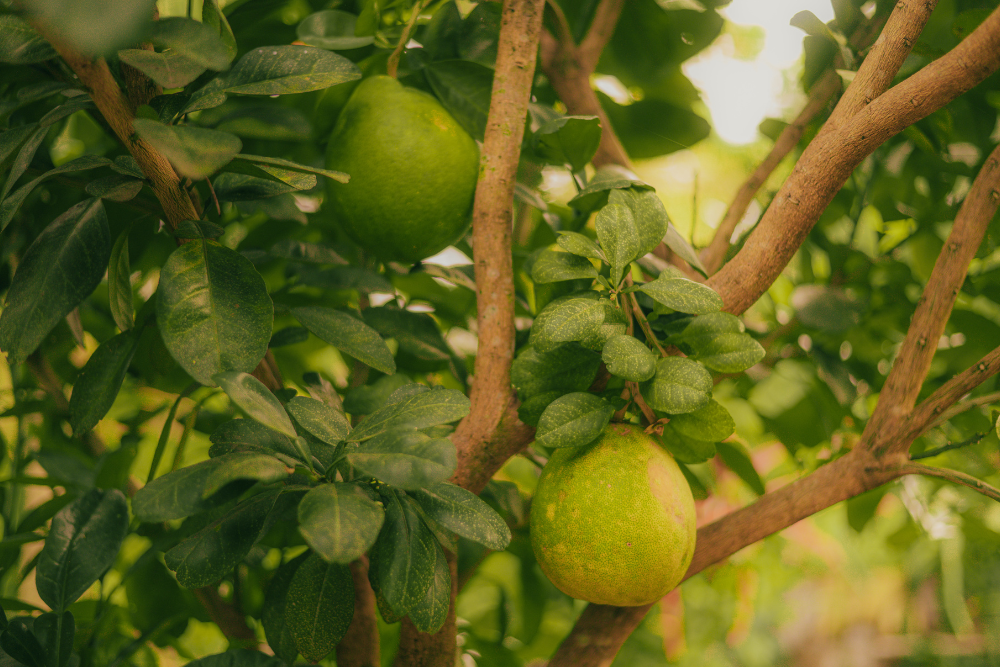
Pomelo is the largest citrus fruit, similar to grapefruit but much sweeter and milder in flavor. It has a thick, greenish-yellow rind and a segmented, juicy interior. The taste is refreshing, with a slightly sweet and sour balance, making it a popular choice for both eating fresh or incorporating into fruit salads.
Where to find it: Pomelo is commonly grown in Perak and Johor, and can be found in local markets across Malaysia.
Best for: Those who love citrus fruits but prefer something less tangy than a grapefruit.
10. Cempedak – The Crispy Cousin of Jackfruit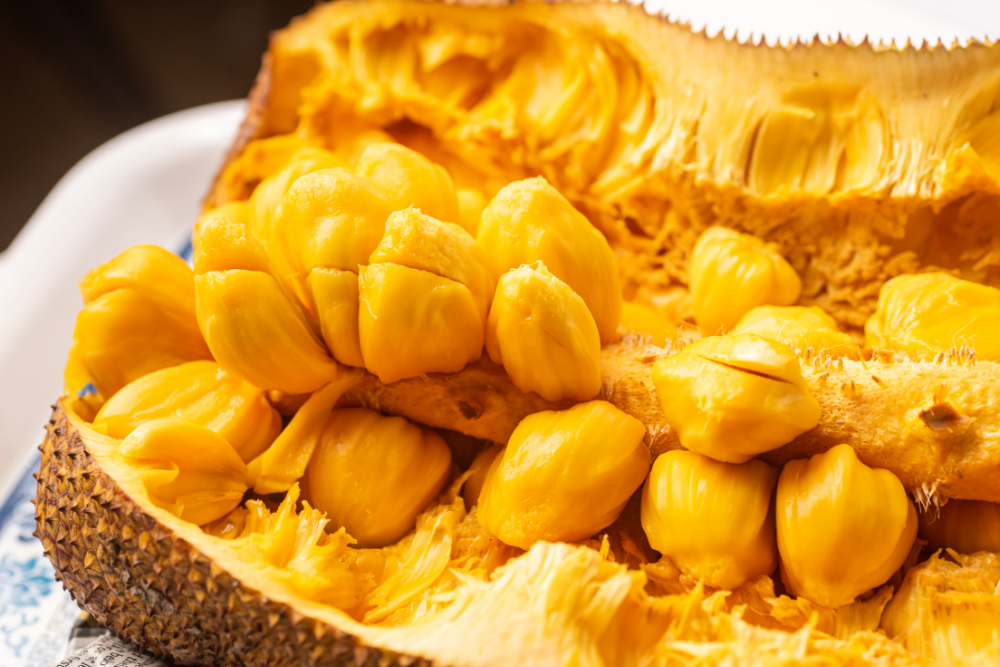
Cempedak is closely related to jackfruit but is smaller in size and typically has a firmer, more fragrant flesh. It’s often used in a popular Malaysian snack, where it’s battered and deep-fried, creating a crispy exterior with a sweet and creamy interior. Cempedak is typically eaten as a dessert or snack, making it a beloved choice for many locals.
Where to find it: Cempedak can be found in markets throughout Malaysia, especially in rural areas or fruit stalls.
Best for: Those looking for a unique tropical fruit that’s often fried and served as a delicious snack.
Conclusion
Malaysia’s tropical climate produces an incredibly diverse range of fruits, each offering its own unique taste, texture, and health benefits. From the pungent and powerful durian to the sweet and delicate longan, Malaysian fruits are a key part of the country’s culinary identity. As you explore Malaysia, be sure to indulge in these local delights to truly experience the flavors of the land. Whether you’re seeking something exotic or familiar, the country’s bounty of fruits will satisfy any craving and offer a sweet, refreshing taste of the tropics.












